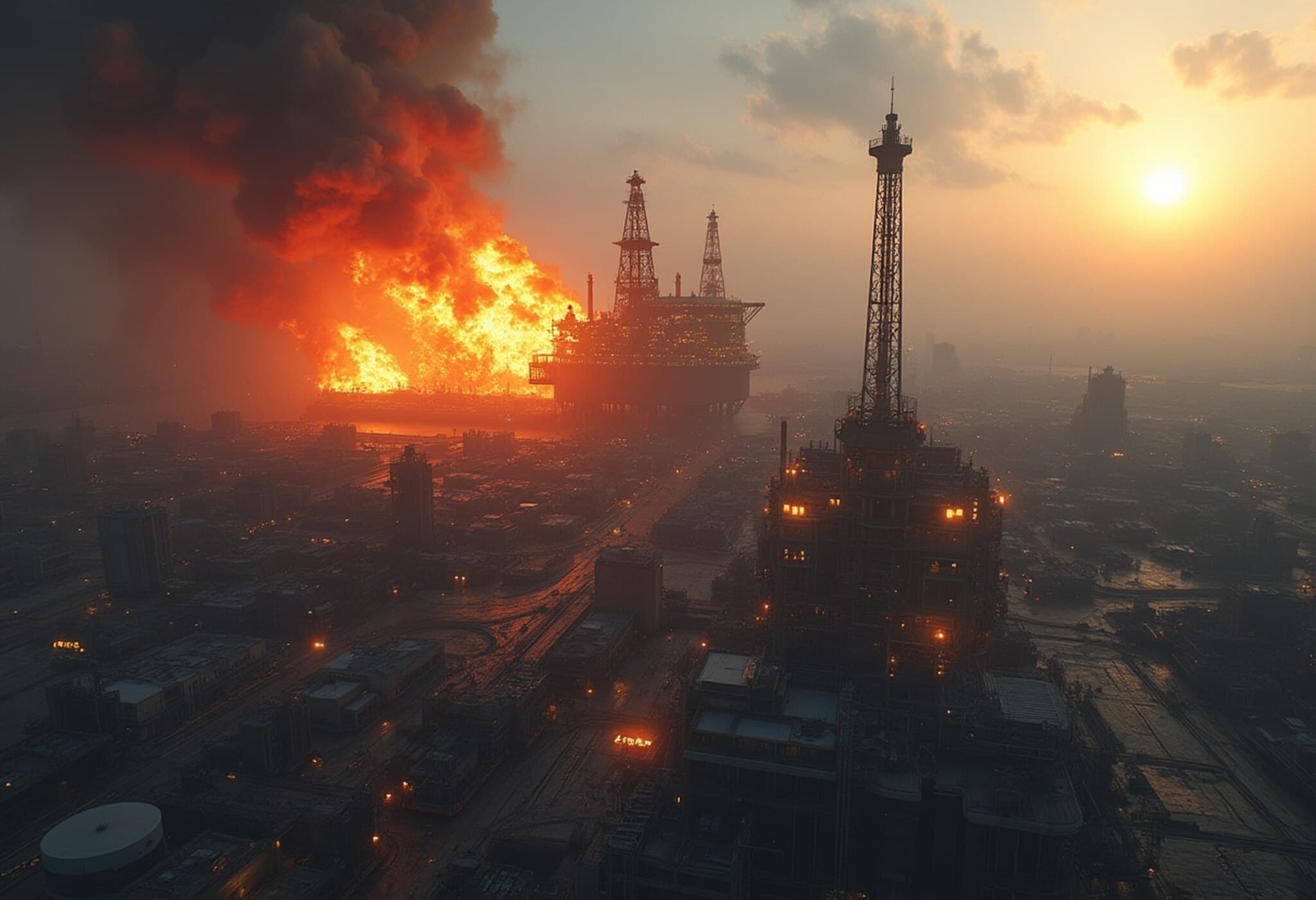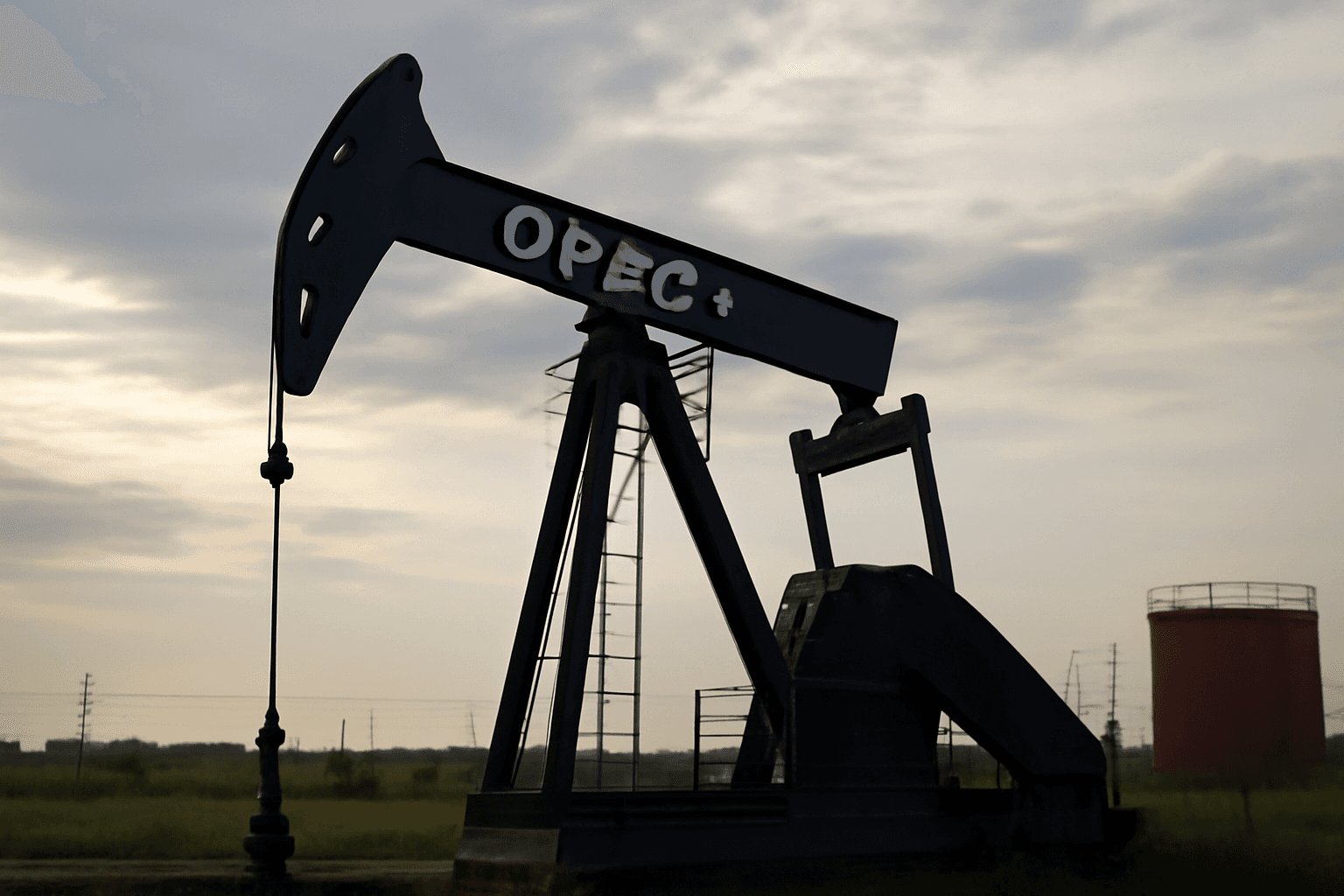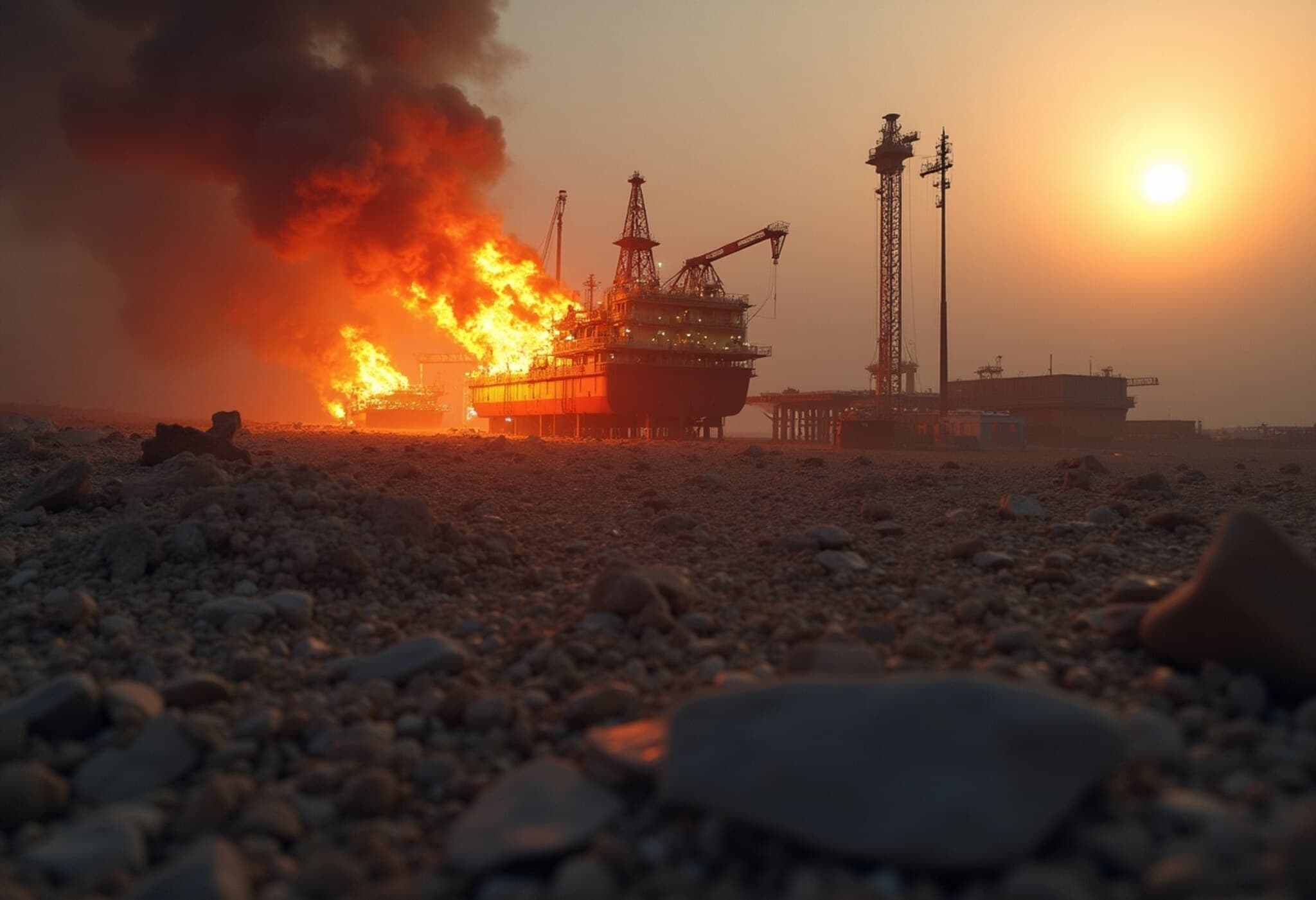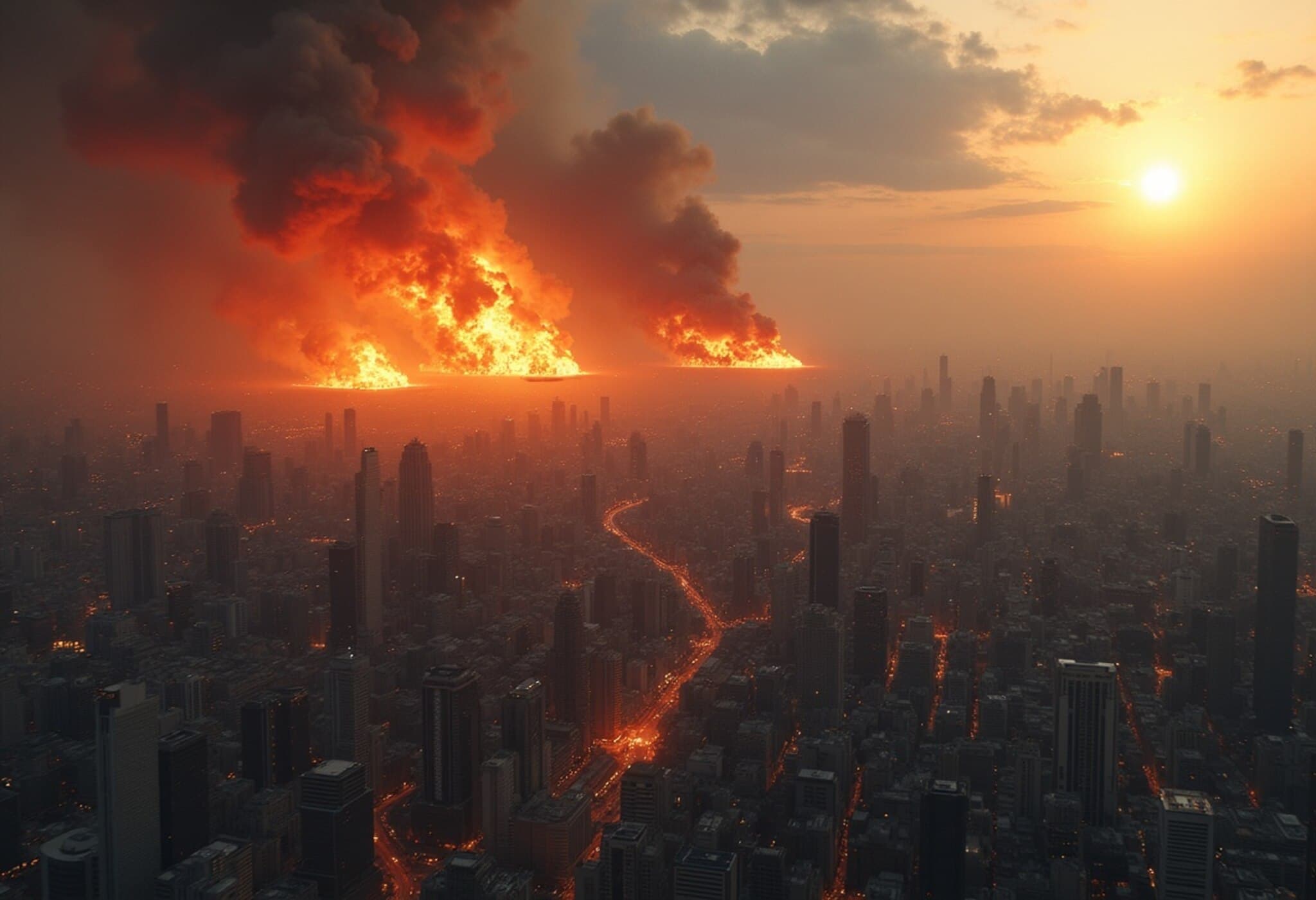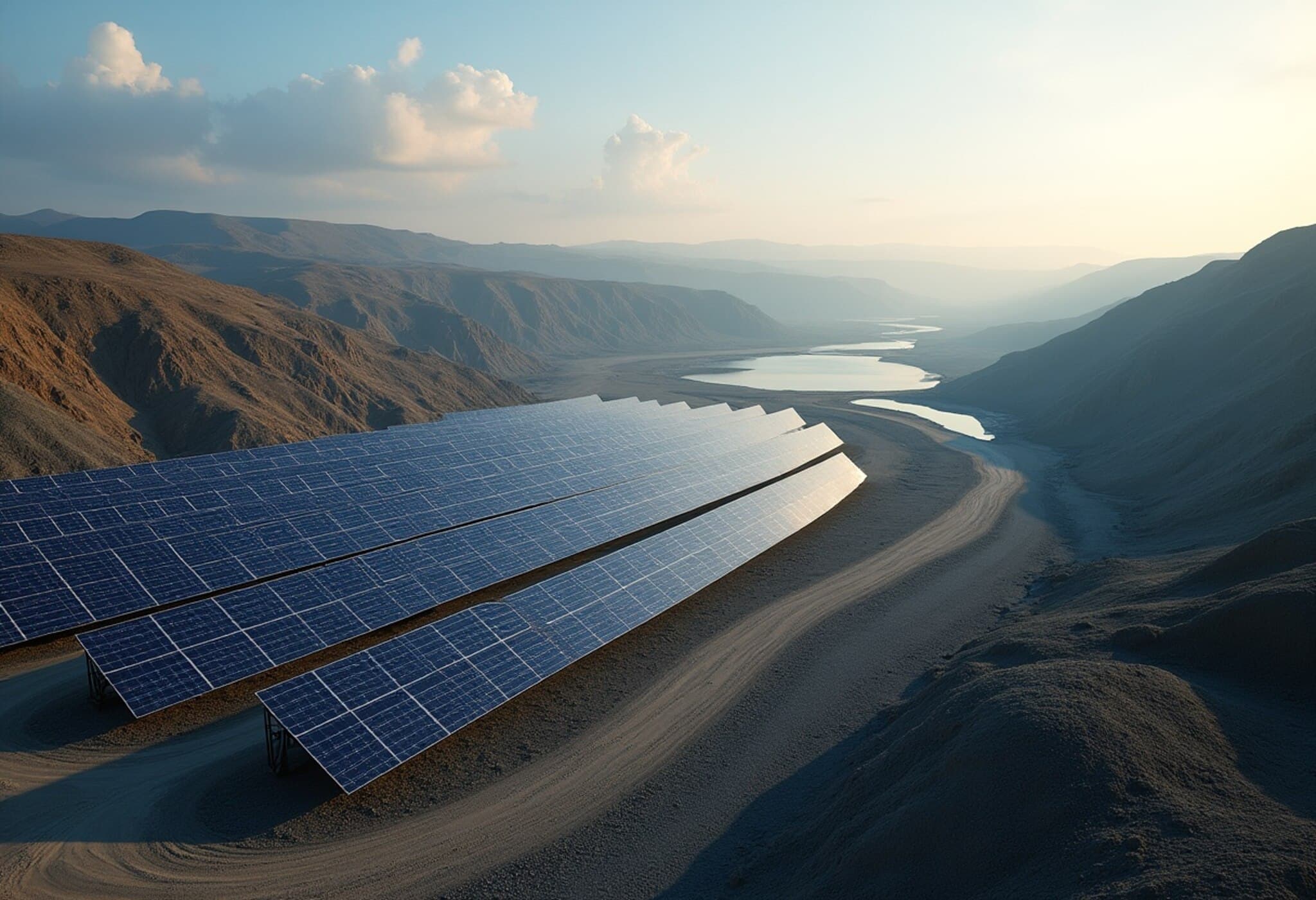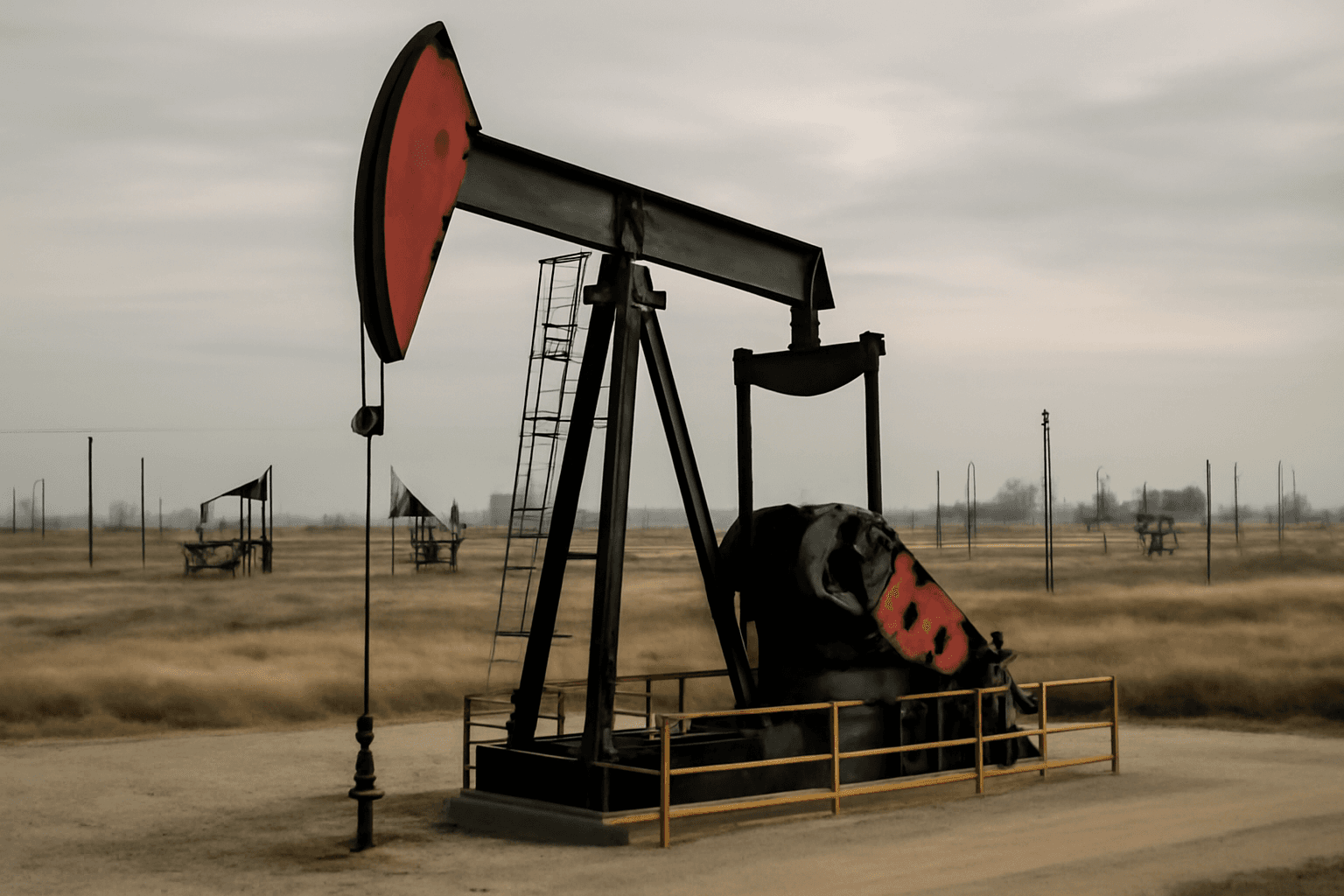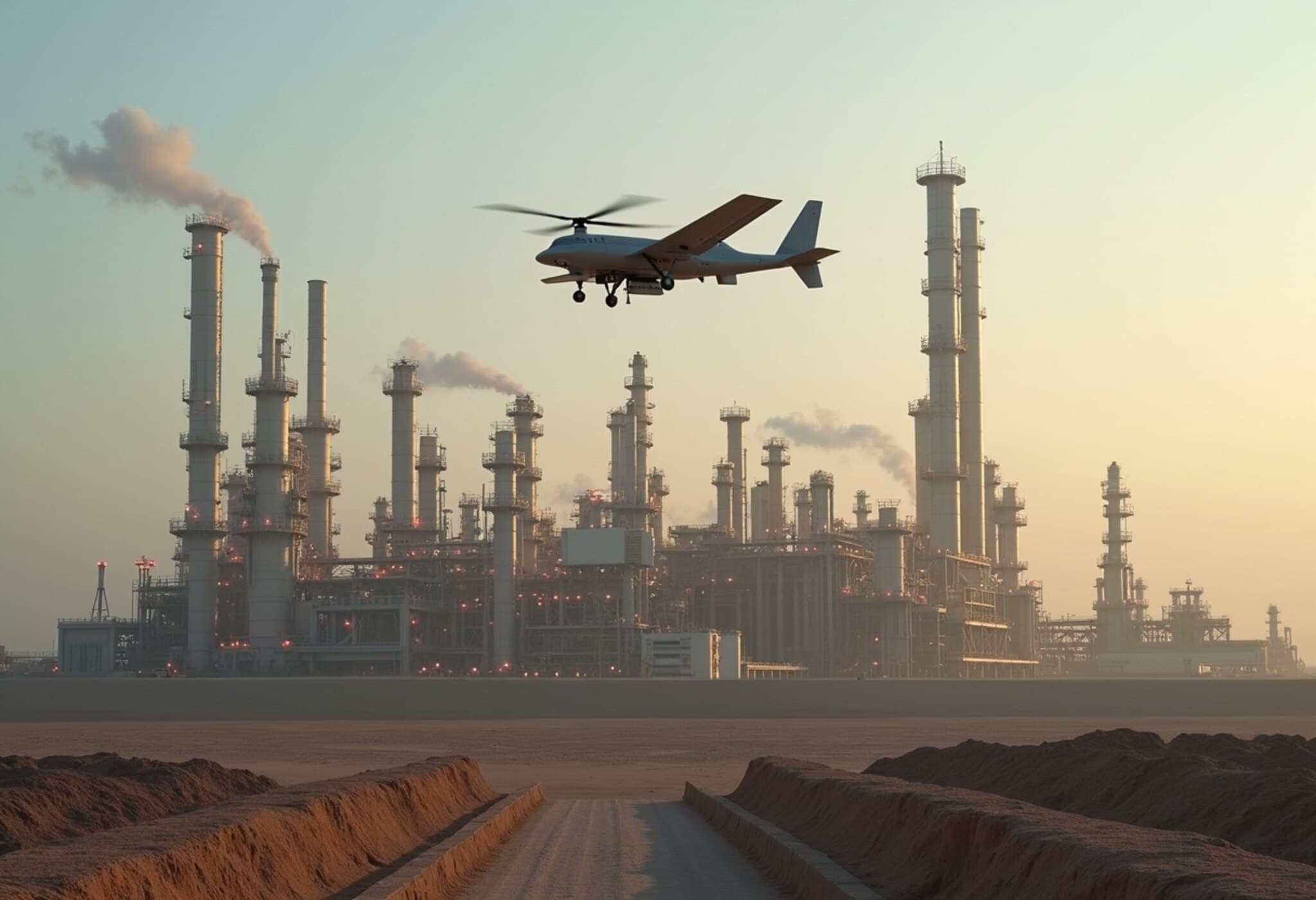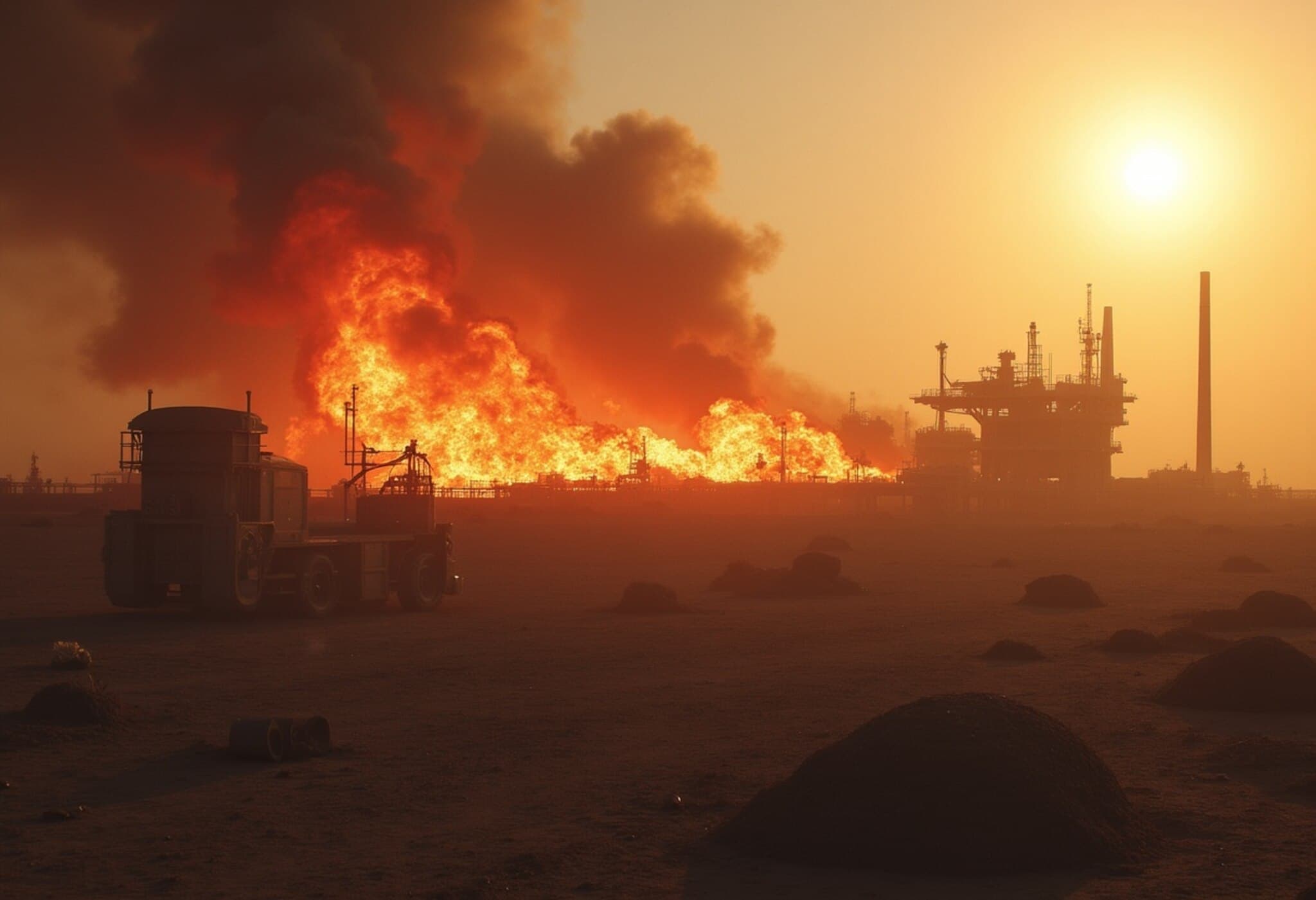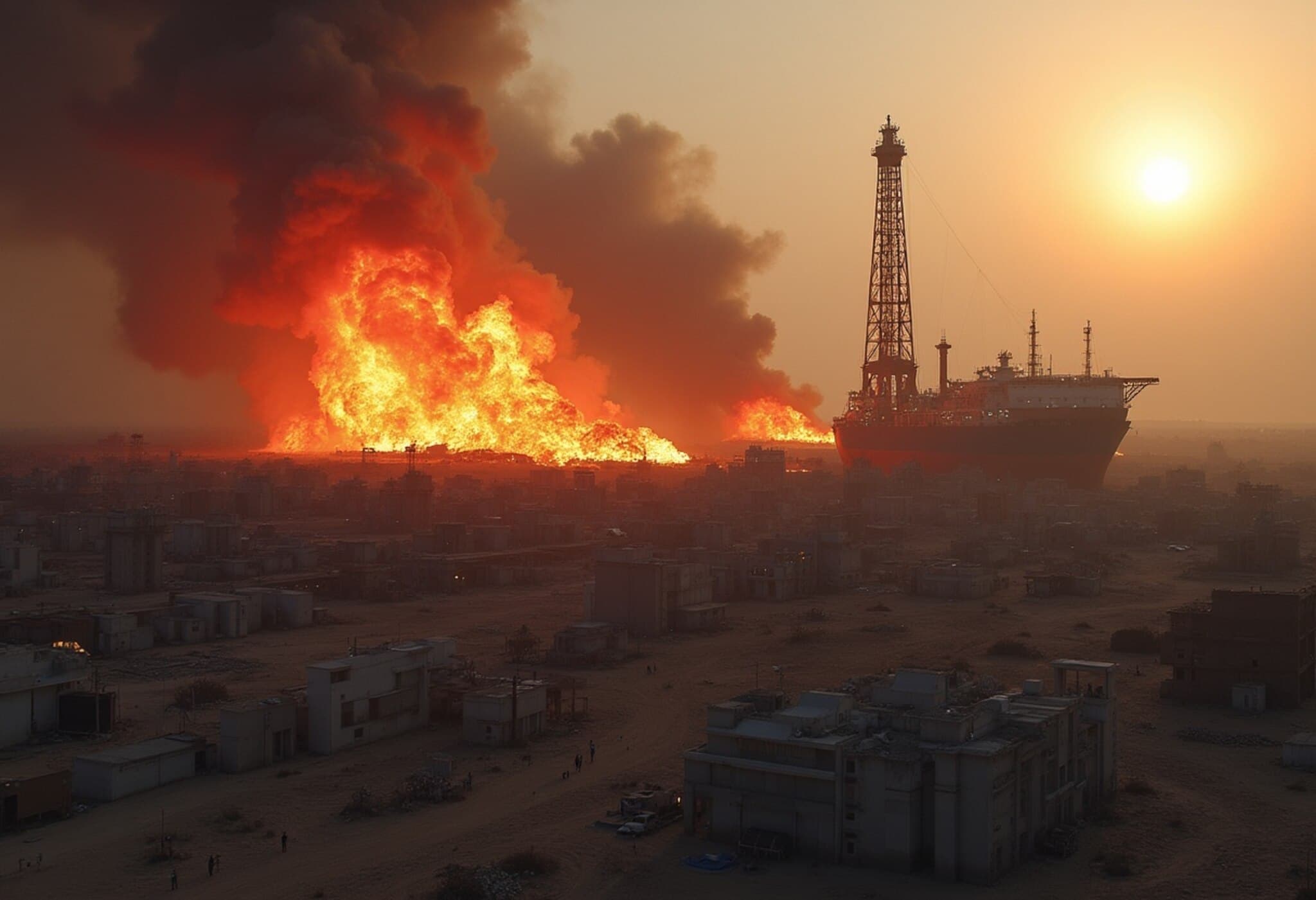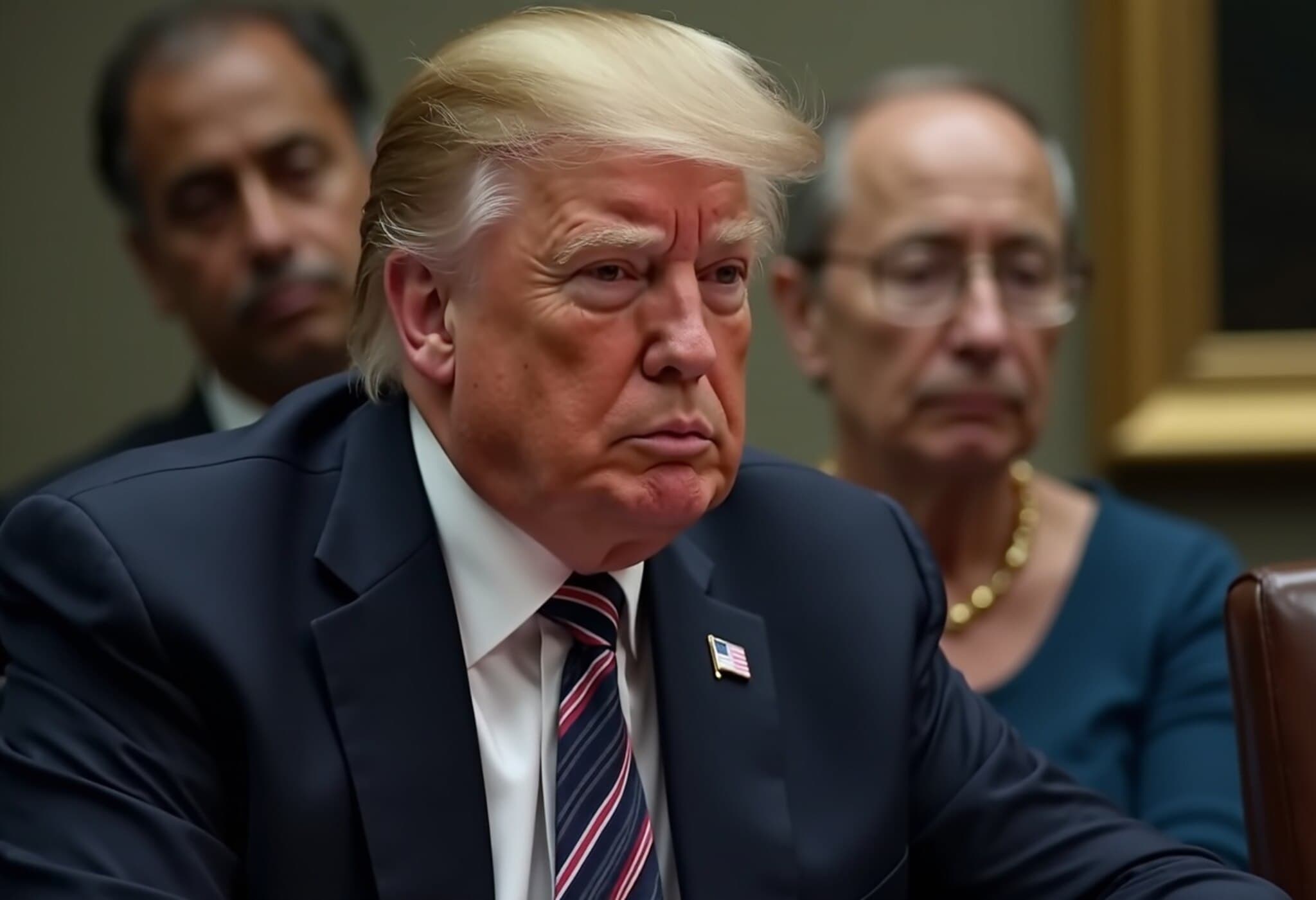Oil Prices Climb Sharply Amid Israel-Iran Conflict
Crude oil prices soared by more than 3% this Sunday, building on last week's rally, following Israeli strikes on key Iranian energy installations. The escalation has stoked concerns over potential disruptions to energy supplies across the region.
Significant Impact on Oil Markets
- U.S. crude futures jumped 3.7%, rising $2.72 to reach $75.67 per barrel.
- Global benchmark Brent crude surged nearly 5%, up $3.67 to $77.90 per barrel.
Details of the Strikes on Iranian Energy Infrastructure
The Israeli military deployed unmanned aerial vehicles to target the South Pars gas field in southern Iran on Saturday, hitting two natural gas processing facilities. South Pars is among the largest natural gas reserves globally, making the damage potentially significant.
In addition, Israel struck a major oil depot near Tehran. Meanwhile, Iran retaliated by launching missile strikes that damaged a key oil refinery located in Haifa.
Market Reaction and Broader Implications
Friday marked the most substantial daily jump in oil prices since March 2022, when tensions flared following Russia’s invasion of Ukraine. U.S. crude prices climbed a total of 13% last week amid fears the conflict could disrupt energy flows.
The ongoing hostilities, now in their third day, show no signs of easing, with missile barrages exchanged throughout the weekend.
Strait of Hormuz: A Potential Energy Choke Point
Iran has hinted at possibly closing the Strait of Hormuz, a vital maritime passage through which about 20% of the world’s oil shipments pass, amplifying supply risk. Closure of this strait could push oil prices beyond the $100-per-barrel mark according to energy market analysts.
Still, experts remain cautious about Iran's capacity to enforce such a closure. The presence of the U.S. Fifth Fleet in Bahrain provides a strong military deterrent, making full closure complicated.
However, Iran could still threaten tanker traffic by targeting vessels or deploying mines, raising insurance costs and shipping risks.
What Lies Ahead for Oil Markets?
With the conflict escalating, energy markets remain volatile. Traders and analysts are closely monitoring the situation for further developments that could disrupt supply chains or impact global oil prices.
Note: Market data referenced reflects prices at the time of reporting and is subject to real-time fluctuations.



